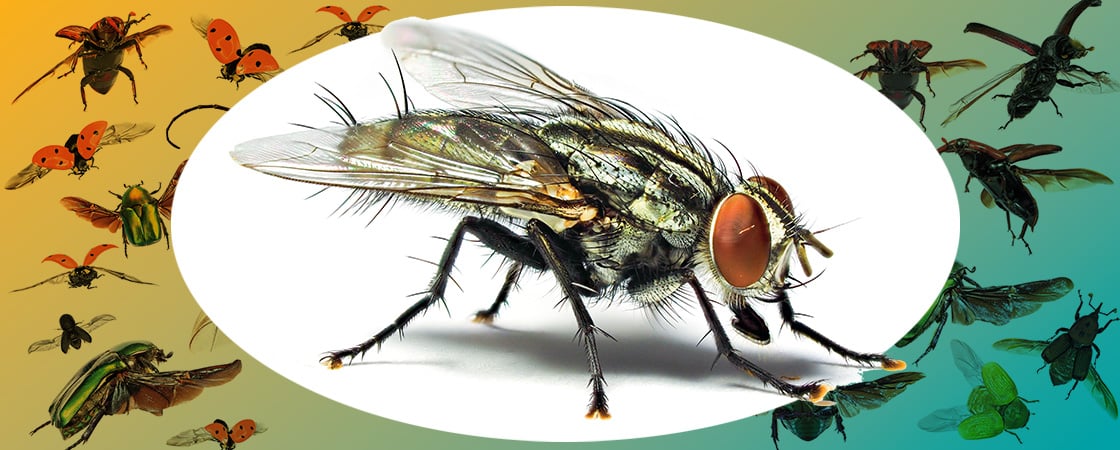Many people would say there’s nothing wrong with killing that fly—or any bug for that matter. Scientists estimate that there are about 10 quintillion insects wriggling, fluttering, and skittering around our planet. (That’s 10 followed by 18 zeros!) Does one person squishing one insect really matter?
Besides, squashing bugs can be a way to protect ourselves. About a quarter of Americans are afraid of insects like flies and cockroaches and arachnids like spiders and scorpions, according to research from Chapman University in California. Scientists say one reason humans have a fear of bugs is for protection: Some bugs can make us ill.
Take that fly trying to snack on your Popsicle. Annoying? Sure. But it can also be dangerous. Houseflies lay eggs on and eat rotting garbage, animal feces, and roadkill, and they can pick up harmful germs as they go. When a fly lands on our food, it can pass those germs on to us.
“Flies in our kitchen can spread diseases, so I would argue it is OK to kill houseflies,” says Matan Shelomi, an entomologist (a scientist who studies insects) in Taiwan. The same, Shelomi says, goes for mosquitoes that suck our blood, which can also spread diseases.
Then there are bugs that can cause serious damage to the environment. Take the spotted lantern fly. These insects are native to Asia. But they were accidentally brought to the U.S. about a decade ago. Since then, they have been spreading from state to state, devouring everything from walnut trees to rosebushes—and causing many millions of dollars in damage. That’s why government leaders have urged Americans to stomp on any lantern fly they see.

